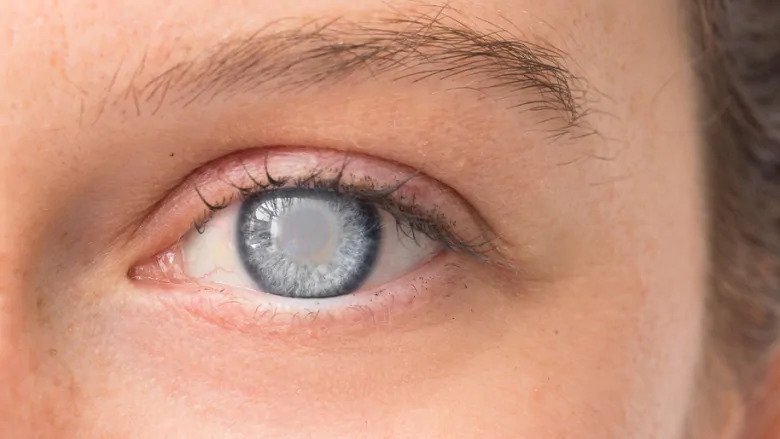
01 Dec Why You Need A Dry Eye Assessment Before Cataract Eye Surgery
A cataract is a clouding of the lens that impedes the lens ability to properly focus onto the retina, resulting in loss of vision. The clouding of the lens commonly progresses with age but it may be due to genetics, injury, disease and other factors. Excessive exposure to UV/IR radiation, cigarette smoke, and the use of certain medications can increase the risk of developing cataracts faster. The only way to treat cataracts is through eye surgery.
If the cataract is visually insignificant then contact lenses or glasses can be used to correct the vision. However, if the cataract develops to a point where it becomes visually significant and starts to affect daily activities; then you will be referred to an ophthalmologist for cataract surgery. Before surgery can be done, the ophthalmologist must take measurements in order to calculate the appropriate intraocular lens needed for vision to be restored. If you suffer from dry eyes then these measurements will be inaccurate. That’s why we highly recommend a dry eye assessment before proceeding with cataract surgery.
The eyes need an adequate tear film to stay healthy. When the quantity and/or quality of tears diminish, a disease called dry eye develops. This disease can produce symptoms such as burning eye, intraocular foreign body sensation, blurred vision, red eye, and tearing.
Several studies have shown that a patient with an unstable ocular surface; who has undergone cataract surgery; are most likely to have a postoperative prescription after surgery. The miscalculation in the intraocular lens can be off by +/- 1.00 Diopter. Cataract and refractive surgery can also trigger or worsen dry eye disease. This is an important element to consider since many patients have not undergone a dry eye assessment and are unaware that they have this condition.
The majority of patients with dry eye are asymptomatic; therefore a thorough evaluation should be performed to avoid diagnostic errors. The main diagnostic methods include Slit lamp examination, Tear Break-Up Time, Meibography, Tearlab, Inflammadry, Conjunctival and Corneal staining.
Treatment options for dry eye include artificial tears, antibiotics, steroids, scleral lens, amniotic membrane, autologous serum, punctual plugs, ilux, Restasis/Xiidra medication, oral omega-3 supplements, warm compress and lid exfoliation.
It is important to advise patients about the potential impact of dry eye disease on their quality of life and the measures they should take before undergoing cataract eye surgery in order to ensure the best possible results.
If you are interested in a Dry Eye assessment or Dry Eye treatment, call D’Orio Eye Care, Optometrists in North York and Toronto, now to book an appointment. Call 416.661.5555 (North York) or 416.656.2020 (Toronto) or visit our website.


